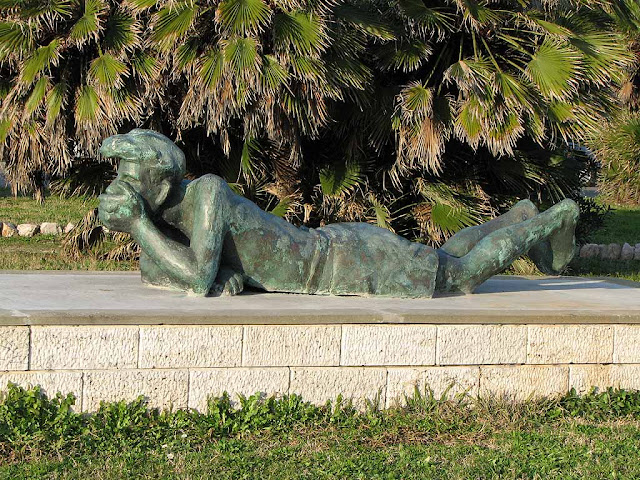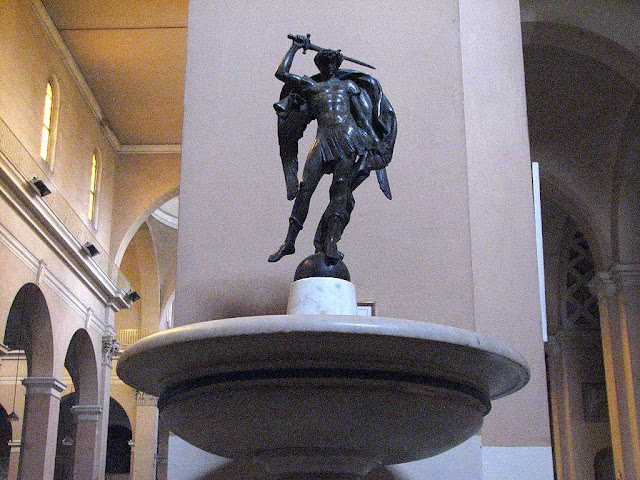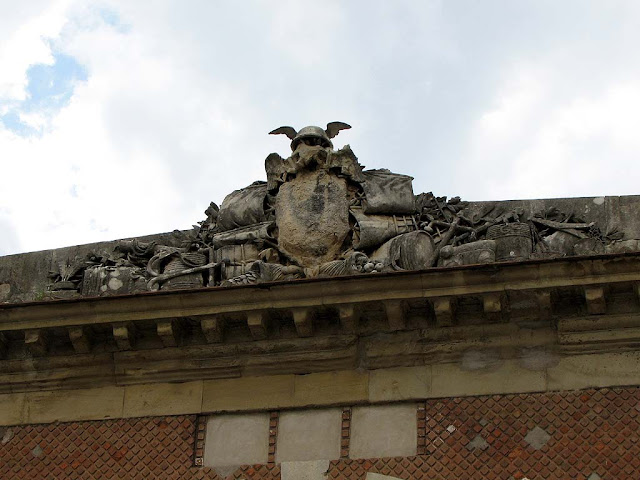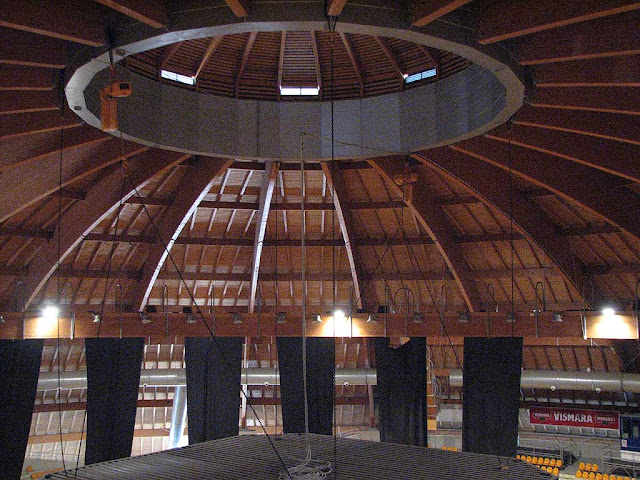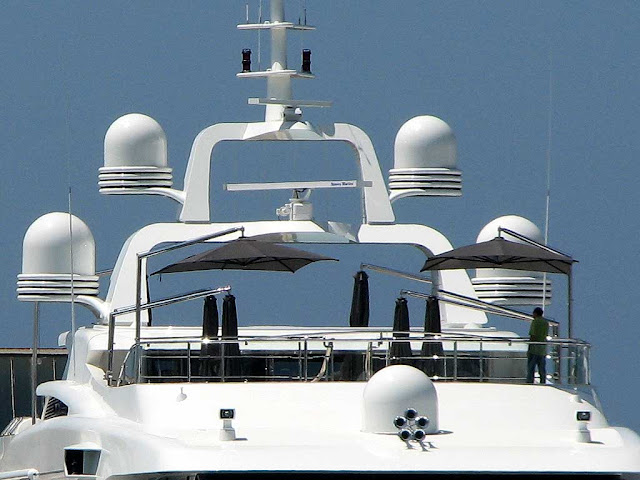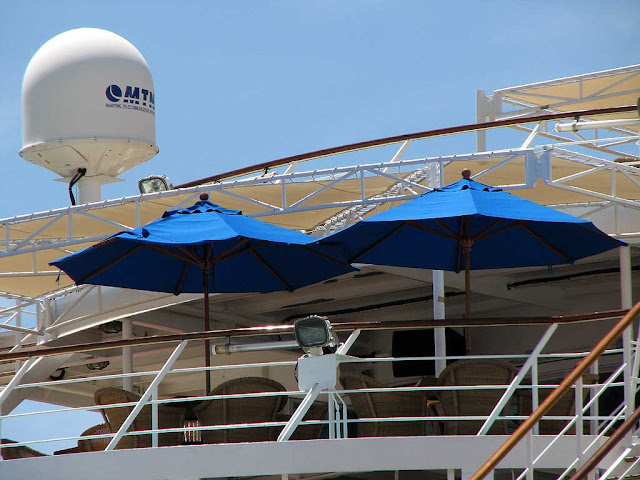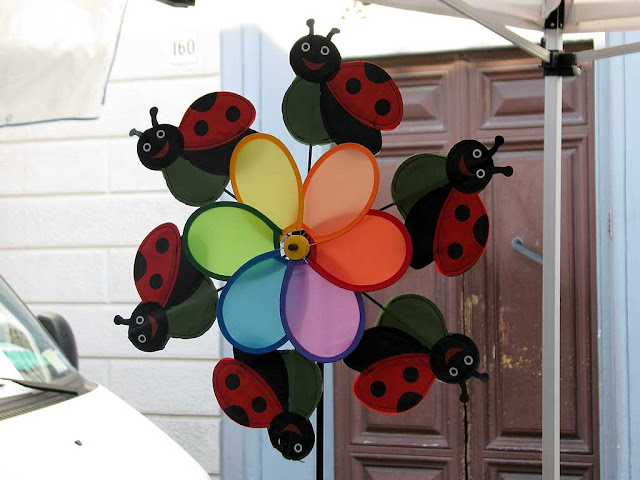 Here are the “gozzi”, the 10 rowers boats used in all the rowing competitions leading to the “Palio Marinaro”. Only eight of the sixteen quarters of Livorno row with these boats, the other eight do with 4 rowers boats called “gozzette”. After the “Palio”, the winner of the “gozzette” swaps the right to a 10 rowers boat with the last of the “gozzi”.
Here are the “gozzi”, the 10 rowers boats used in all the rowing competitions leading to the “Palio Marinaro”. Only eight of the sixteen quarters of Livorno row with these boats, the other eight do with 4 rowers boats called “gozzette”. After the “Palio”, the winner of the “gozzette” swaps the right to a 10 rowers boat with the last of the “gozzi”. We can see the boats of “Stazione”, “Ovo Sodo”, “San Jacopo” and “Venezia” in the “Darsena Nuova”, before the “Coppa Risiatori”. In background are the “gozzette” of “Sorgenti” and “Ardenza” and the motor yacht “I Dynasty”.
We can see the boats of “Stazione”, “Ovo Sodo”, “San Jacopo” and “Venezia” in the “Darsena Nuova”, before the “Coppa Risiatori”. In background are the “gozzette” of “Sorgenti” and “Ardenza” and the motor yacht “I Dynasty”.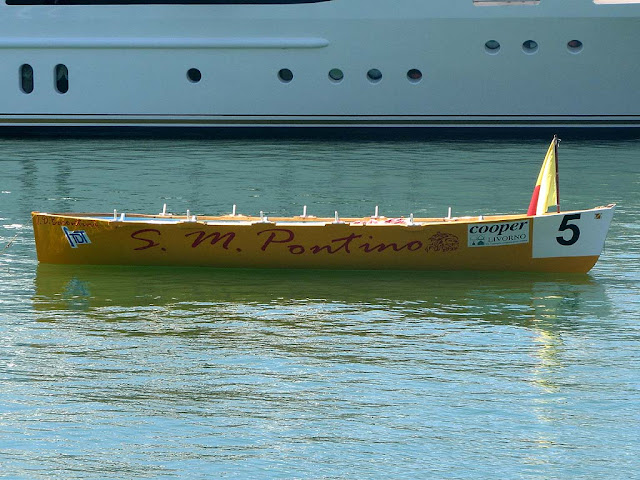 “San Marco-Pontino”, the quarter around “Porta San Marco”, was the winner of the 2006 and 2007 “Risiatori”.
“San Marco-Pontino”, the quarter around “Porta San Marco”, was the winner of the 2006 and 2007 “Risiatori”. We have not yet visited “Salviano”, a quarter on the eastern limit of Livorno, the 2008 winner of the “Risiatori”.
We have not yet visited “Salviano”, a quarter on the eastern limit of Livorno, the 2008 winner of the “Risiatori”. The boat of “Fabbricotti” was accidentally damaged before the race, so they had to use the “gozzo”of “Antignano”, which was not competing for health problems of some of his rowers.
The boat of “Fabbricotti” was accidentally damaged before the race, so they had to use the “gozzo”of “Antignano”, which was not competing for health problems of some of his rowers.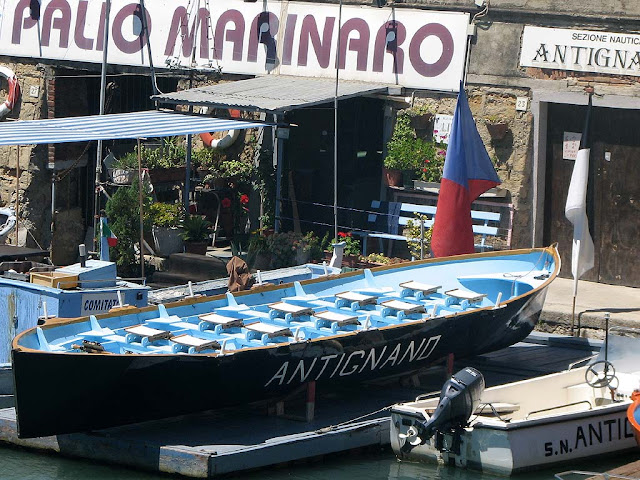 The winner of the 2009 “Risiatori” was the “Venezia”, which also won the chronometer race “Coppa Barontini”, disputed last Saturday in the “Fosso Reale” at night.
The winner of the 2009 “Risiatori” was the “Venezia”, which also won the chronometer race “Coppa Barontini”, disputed last Saturday in the “Fosso Reale” at night.Search labels: rowing


